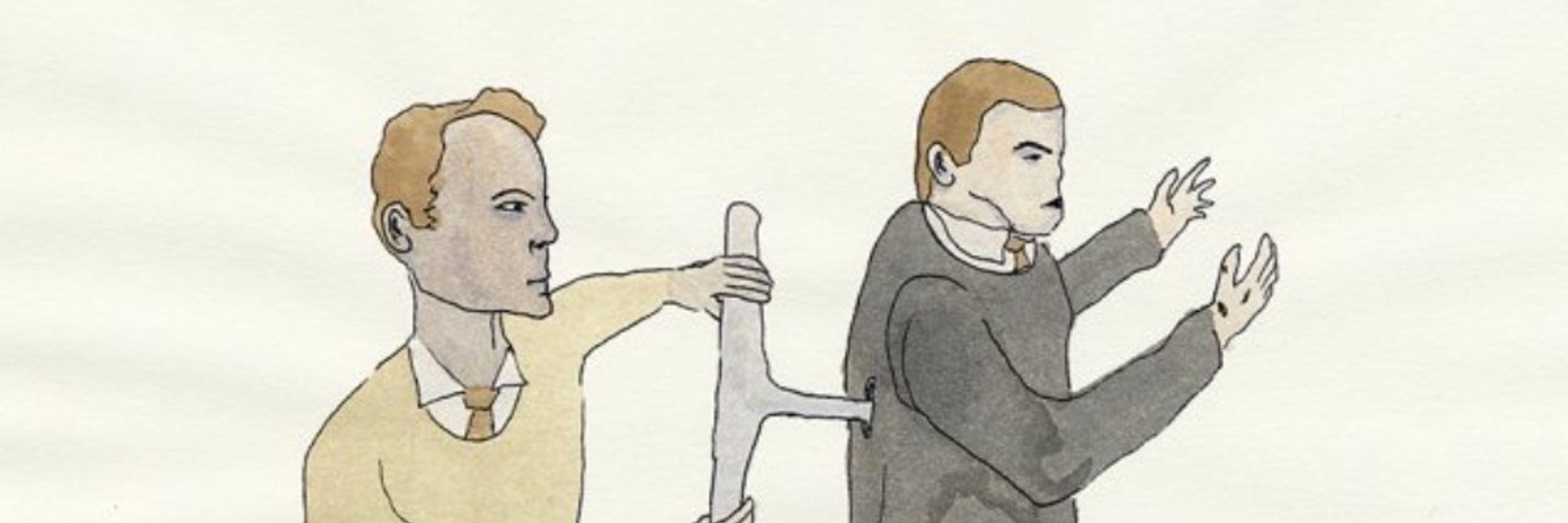
www.gusevlab.org


It's not lost on me that these companies are primarily men telling women how to responsibly reproduce. The marketing/examples are telling. It's part of a larger movement around control & should be treated seriously.

It's not lost on me that these companies are primarily men telling women how to responsibly reproduce. The marketing/examples are telling. It's part of a larger movement around control & should be treated seriously.
ACMG pubmed.ncbi.nlm.nih.gov/38393332/
ASRM pubmed.ncbi.nlm.nih.gov/41309413/
But I'd agree this is nowhere near enough.
ACMG pubmed.ncbi.nlm.nih.gov/38393332/
ASRM pubmed.ncbi.nlm.nih.gov/41309413/
But I'd agree this is nowhere near enough.






- Once statistical power is high, constrained genes have more (though weaker) eQTLs.
- Chromatin-QTLs near constrained genes have "normal" effect sizes, colocalize more with disease, but exhibit attenuated peak-gene effects.

- Once statistical power is high, constrained genes have more (though weaker) eQTLs.
- Chromatin-QTLs near constrained genes have "normal" effect sizes, colocalize more with disease, but exhibit attenuated peak-gene effects.

A thread... 🧵
www.medrxiv.org/content/10.1...

A thread... 🧵
www.medrxiv.org/content/10.1...
When genetic analyses are shown to be environmentally confounded the lesson is, uh, look, they just estimate different parameters okay!
When genetic analyses are shown to be environmentally confounded the lesson is, uh, look, they just estimate different parameters okay!

I am excited to announce that our new study explaining the missing heritability of many phenotypes using WGS data from ~347,000 UK Biobank participants has just been published in @Nature.
Our manuscript is here: www.nature.com/articles/s41....

www.biorxiv.org/content/10.1...

www.biorxiv.org/content/10.1...
🗓️ Wed Oct 15 11:15AM

🗓️ Wed Oct 15 11:15AM


Populations differ in traits/disease burden. Are these differences due to genetics?
Comparing single variants or polygenic scores between populations is biased due to environmental confounders correlated with the variants.
1/3
www.medrxiv.org/content/10.1...

Populations differ in traits/disease burden. Are these differences due to genetics?
Comparing single variants or polygenic scores between populations is biased due to environmental confounders correlated with the variants.
1/3
www.medrxiv.org/content/10.1...

Populations differ in traits/disease burden. Are these differences due to genetics?
Comparing single variants or polygenic scores between populations is biased due to environmental confounders correlated with the variants.
1/3
www.medrxiv.org/content/10.1...

